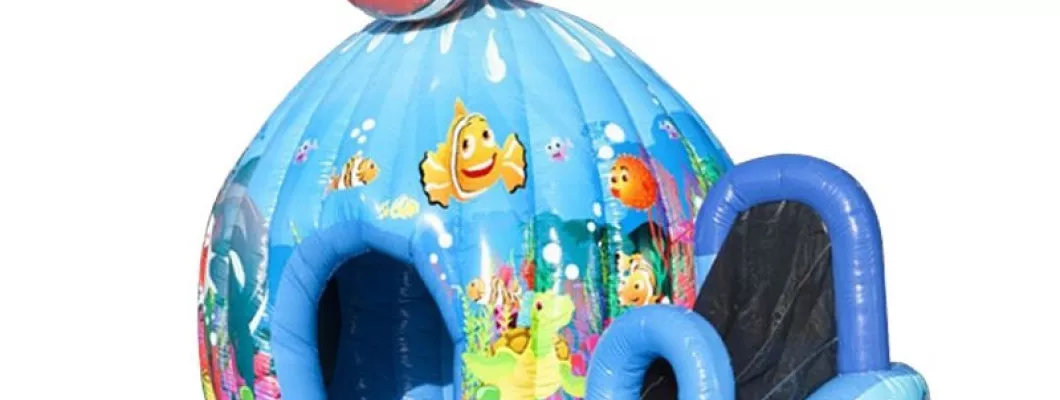
Investing in a bouncy castle can be an appealing option for enhancing entertainment at events, but evaluating whether it’s a financially sound choice requires a closer look at various factors. This article delves into the financial aspects of owning a bouncy castle, including initial costs, ongoing expenses, and potential benefits to determine if it's a worthwhile investment.
Initial Purchase Considerations
The first step in determining the financial sense of a bouncy castle is understanding the initial investment required:
- Price Range: Bouncy castles come in a wide range of prices depending on size, design, and features. It's crucial to choose a model that meets your needs without exceeding your budget.
- Quality vs. Cost: Higher-quality bouncy castles often come with a higher price but offer better durability and longer lifespan, which can save money in the long run.
- Features: Additional features such as slides, obstacle courses, or unique themes can increase the cost but may offer enhanced entertainment value.
Ongoing Financial Commitments
Beyond the initial purchase, there are ongoing costs to consider when owning a bouncy castle:
- Maintenance: Regular upkeep is essential to ensure the bouncy castle remains in good working condition. This includes cleaning, minor repairs, and periodic inspections.
- Storage Needs: Proper storage is necessary to protect the bouncy castle from damage when not in use. This could involve renting or designating a storage space.
- Insurance Costs: Depending on your location and usage, you may need insurance to cover potential liabilities and damages, adding to the overall cost of ownership.
Evaluating the Return on Investment
To justify the investment, consider the potential returns and benefits:
- Event Savings: Owning a bouncy castle can reduce or eliminate rental fees for events, potentially offering significant cost savings if used frequently.
- Enhanced Event Appeal: A bouncy castle can make events more attractive and enjoyable, potentially increasing attendance and satisfaction.
- Potential Revenue: For businesses, renting out the bouncy castle can create an additional revenue stream, contributing to a quicker return on investment.
Long-Term Value Considerations
Assessing the long-term value involves considering how frequently the bouncy castle will be used and its impact over time:
- Usage Frequency: Regular use enhances the value of the investment. Ensure that the bouncy castle fits into your lifestyle or business plan to maximize its utility.
- Durability: A durable bouncy castle can provide years of enjoyment and functionality, making it a valuable long-term asset if well-maintained.
- Community and Family Benefits: Beyond financial returns, a bouncy castle can foster community engagement and create memorable experiences for families and children.
Conclusion
Investing in a bouncy castle can make financial sense if carefully considered. By evaluating the initial investment, ongoing costs, and potential returns, you can determine if it aligns with your financial goals and usage needs. Whether for personal enjoyment or as part of a business venture, a bouncy castle can offer substantial value and entertainment, making it a worthy investment if managed well.

Leave a Comment